Written by Luke Christian-Smith
Edited by Jack Bouchard
The date is February 6th, 2025, and fashion week is only two weeks away. Gucci has seen its value plummet by more than 60% in the last two years. Their runways are fraught in minimalist “basics,” existing in opposition to the brand’s bold reputation. Headlines are silent and unimpressed: Gucci may not be in hot water, but it is certainly stagnant. Suddenly, they make an announcement. Sabato De Sarnos is stepping down as creative director.
After two decades of creative whiplash, the luxury fashion house was reaping the indecision they sowed. From Tom Ford’s bold silhouettes and hypersexuality to Frida Giannini’s opulence and Alessandro Michele’s romanticism, the brand had lacked a common ethos between creative directors. Buyers had become seasonal and fans were seldom loyal beyond a creative tenure. Youth buyers became ostracized, and a once-strong connection to pop culture was severed. The solution to this division was a creative director whose powerful and unwavering creative vision would consolidate the brand’s perception and steer it back towards success.
In March of 2025, Gucci announced that Demna would be stepping in as creative director of the brand. Known for his polarizing and provocative work at Balenciaga, with releases such as the infamous “trash bag,” Demna seemed to be the bold choice the company needed. His appointment signalled an end to Gucci’s romantic, whimsical, and minimalist era and a return to the more provocative, Tom Ford-esque Gucci that many consumers had been yearning for. Indeed, Demna has emerged as a key disruptor of contemporary culture and is known for his criticism of consumer culture. Ironically, his works seem to perform wonderfully with consumers, producing headlines, boosting sales, and maintaining industry discourse. His take on Gucci is one of the most anticipated of the year and brings a fresh energy to the brand’s recent monotony.
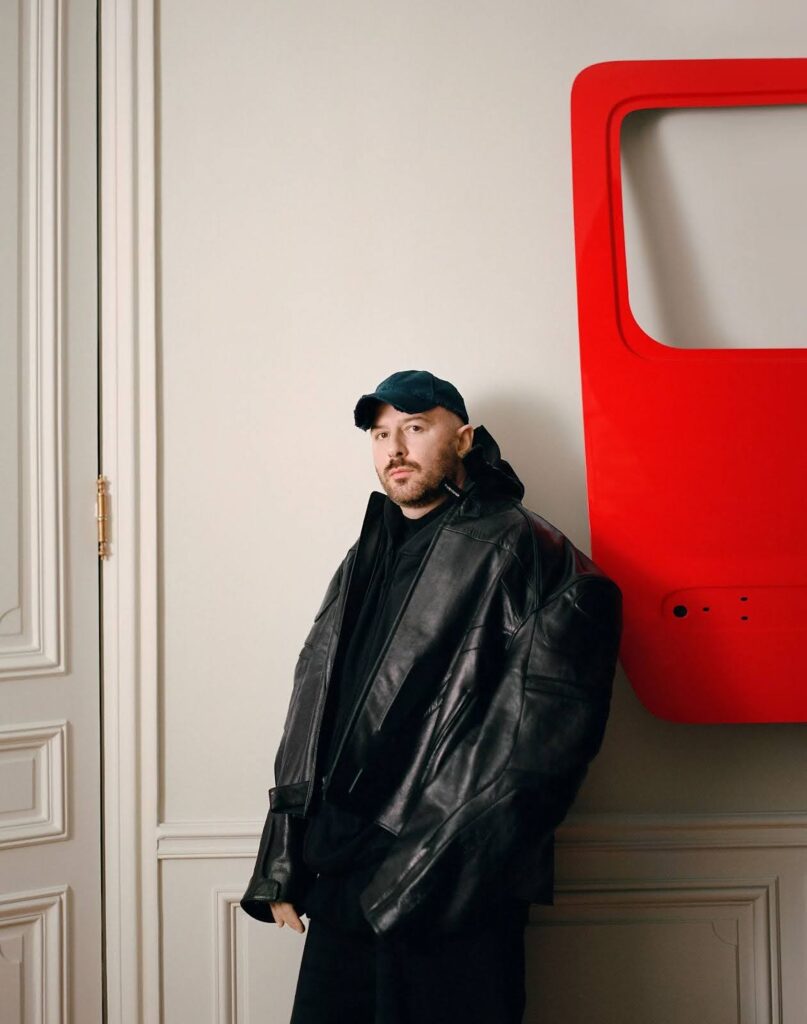
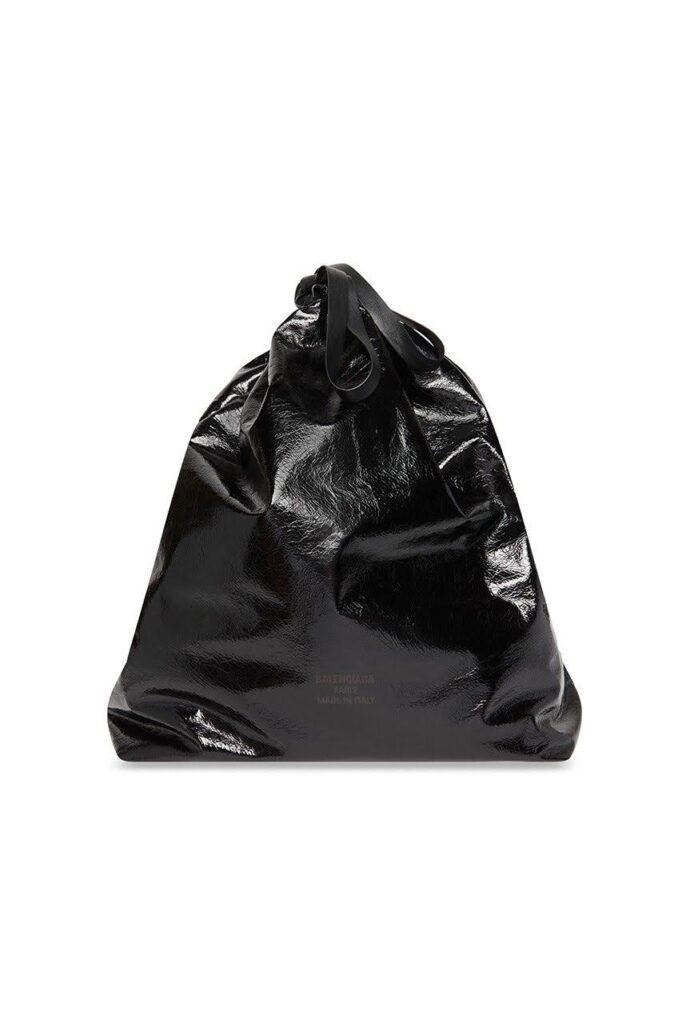
Demna’s first real collection is yet to come. However, in a surprise drop, Demna released 37 looks titled “La Famiglia,” and a short film titled “The Tiger,” which precedes his runway show in February 2026. This fully digital release marks Gucci’s return to storytelling, and, as their press release put it, “going back to the future by way of the past.” The collection imagines an extended Gucci family with unique personalities embodying specific looks. When it comes to womenswear, “Incazzata” (the furious one), sports a ’60s style red coat and a silk scarf and nods to Gucci’s past, whereas “L’Influencer,” who wears a brown leather jacket and skirt, brings the brand into modern culture. The menswear offers similar storytelling with characters such as “Narcisista,” who depicts a hypersexual male self-aware egotist. Most notably, Alex Consani is depicted as “La Bomba.” Adorned only in a faux tiger-fur coat, she demonstrates Demna’s awareness of the cultural zeitgeist and the popular “bombshell” persona. Many of these looks were seen at the premiere of his film on the first day of Milan Fashion Week, marking the beginning of Demna’s era at Gucci.
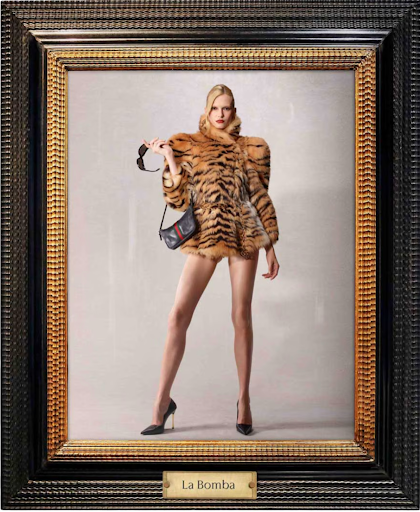
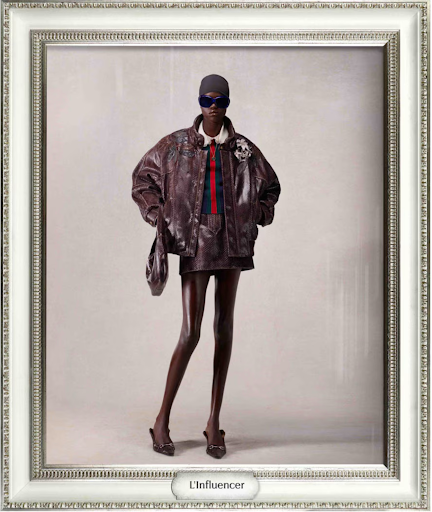
The silhouettes, deep saturated colours, and overt sexuality are a clear nod to Tom Ford’s Gucci. However, Demna is not simply replicating the past; he is borrowing a consistently successful theme and revitalizing it with his unique Demna flare. Exquisite styling choices, exaggerated shoulders, clear storytelling and oversized accessories are all trademarks of Demna, working to make this collection uniquely his. The designer was also able to leave his preconceptions from Balenciaga at the door, abandoning his signature distressed and baggy looks to adapt accordingly with Gucci’s image. What made Tom Ford’s Gucci successful was not its pure sex appeal but instead the provocation that came along with it. If Demna copied Ford, there would be nothing innovative or provocative to come from his release. Instead, he has subverted Ford’s vision by holding a mirror up to the brand, and depicting the different characters which embody the true ethos of the fashion house.
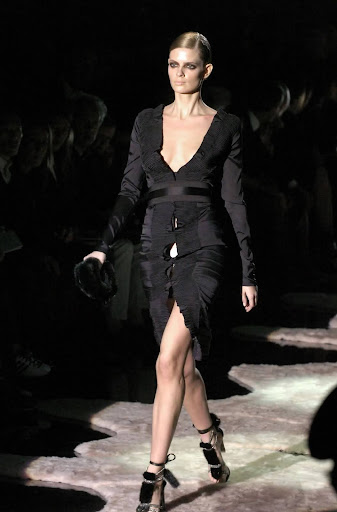
Despite the acclaimed release of “La Famiglia,” the question still remains of whether Demna will revitalize a struggling Gucci. If his recent release is any indication of his future projects, there is a strong possibility. He successfully weaves history and modernity into a provocative story, which has garnered attention from both consumers and the industry. For a fashion house which has been on the decline for two decades, a bold creative decision was necessary. If Demna continues to moderate his Balenciaga impulse and tailor his work to Gucci’s brand image, I see a bright future for the fashion house as it steps into an increasingly competitive luxury marketplace.
